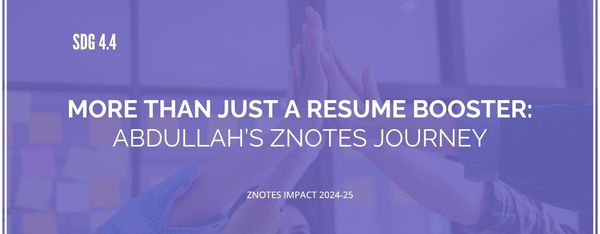Can We Make Our Learning Journeys Exciting?
Most of you might be using symbols, formulae, and equations frequently in their academics. And you might be adept at it, acing when and how to use it, and probably perceiving that you understand it. But do you really know what those mean, or do you just happen to know the procedural implications? Where did that symbol come from; why do we follow the processes we do while solving a problem?
Tom believes in adding meaning to what one already knows and drawing analogies for memory retention. He brings about another dimension to the same: the capacity to assimilate those analogies well enough to talk about that.
As discussed previously, you should try exploring the depth as much as you can, having a clear picture that could help you connect well with what you are learning. Ultimately, it might also come in handy while you are trying to memorize all of it.
Being able to weave a story around specific locations in the form of a memory palace, Tom says, is probably one of the best ways to remembering.
Every story has a meaning behind it that we could carry through. And making that a part of your memorization journey is ultimately likely to make it more efficient. And you might actually be doing it in certain areas without knowing that such as pneumonics that tell a story.
Tom then jumps onto talk about the jazz band analogy. Music, when desynchronized, could be a huge pain. Yet, it all works out to present a harmonious piece.
The uniformity is soothing. But the slight variations and differences add flavour. Tom draws in an analogy to showcase how humans can align themselves to work together efficaciously too. He believes that we can all work together despite our differences without having to lose our individuality. And if done so, the collaboration may end up yielding more productive results than what could have been done individually.
Draw analogies, use metaphors, weave stories: there are always to make learning exciting!




